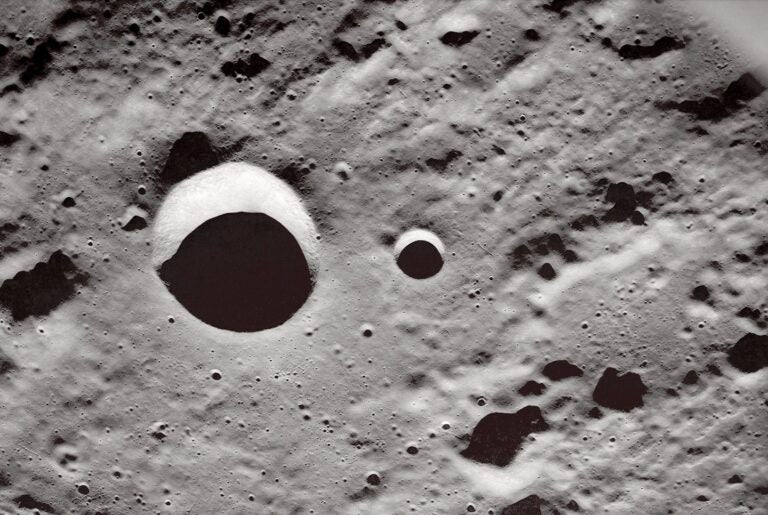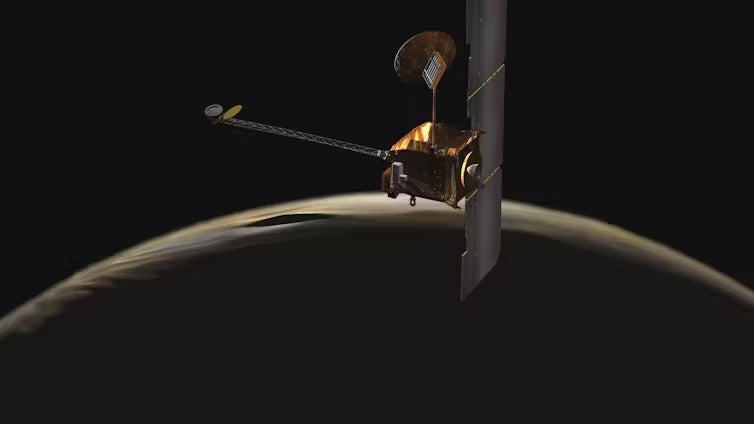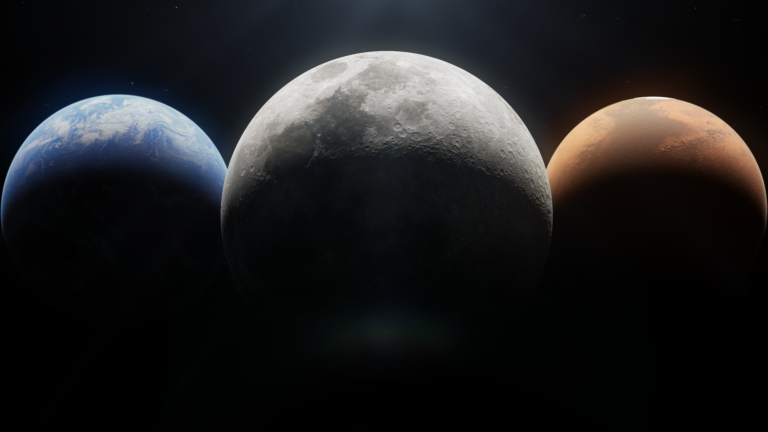The European Space Agency’s (ESA) Rosetta spacecraft has caught its first glimpse of its destination comet after waking up from deep-space hibernation on January 20.
Rosetta took the “first light” images March 20 and 21 using the Optical, Spectroscopic, and Infrared Remote Imaging System (OSIRIS). These pictures are part of six weeks of activities dedicated to preparing the spacecraft’s science instruments for close-up study of comet 67P/Churyumov-Gerasimenko.
OSIRIS, developed under the leadership of the Max Institute for Solar System Research in Göttingen, Germany, has two cameras for imaging the comet. One covers a wide angle, while the narrow-angle camera covers a smaller field at higher resolution.
OSIRIS is one of a suite of 11 science instruments on the Rosetta orbiter that together will provide details on the comet’s surface geology, gravity, mass, shape, internal structure, atmosphere, and plasma environment.
Rosetta has been travelling through the solar system for 10 years and will finally arrive at the comet in August this year. It first imaged the comet in a long exposure of more than 13 hours from a distance of 101 million miles (163 million kilometers). This was three years ago, before the spacecraft entering deep-space hibernation.
Rosetta is currently some 3 million miles (5 million km) from the comet. At this distance, the comet is still too far away for the camera to resolve — its light is seen in less than a pixel and required a series of 60- to 300-second exposures taken with the wide-angle and narrow-angle cameras. The data then traveled 37 minutes through space to reach Earth, with the download taking about an hour per image.
“Finally seeing our target after a 10-year journey through space is an incredible feeling,” said OSIRIS Principal Investigator Holger Sierks from the Max Planck Institute for Solar System Research. “These first images taken from such a huge distance show us that OSIRIS is ready for the upcoming adventure.”
“This is a great start to our instrument commissioning period, and we are looking forward to having all 11 instruments plus lander Philae back online and ready for arriving at the comet in just a few months’ time,” said Matt Taylor, ESA’s Rosetta project scientist.
OSIRIS and the spacecraft’s dedicated navigation cameras will acquire images regularly over the coming weeks to help refine Rosetta’s trajectory and bring it steadily in line with the comet ahead of the rendezvous.
Currently, Rosetta is on a trajectory that would, if unchanged, take it past the comet at a distance of approximately 31,000 miles (50,000km) and at a relative speed of 1,800 mph (2,900 km/h). A critical series of maneuvers beginning in May will gradually reduce Rosetta’s velocity relative to the comet and bring it to within 62 miles (100km) by the first week of August.
Between May and August, the comet will gradually grow in Rosetta’s field of view from appearing to have a diameter of less than one camera pixel to well over 2,000 pixels, allowing the first surface features to be resolved.
These early observations will allow the rotation rate and the shape of the nucleus to be better understood, which is crucial for planning maneuvers around the comet. An initial assessment of the comet’s activity also will be possible.
With OSIRIS reactivated in the first week of instrument commissioning, Rosetta’s 10 other science experiments, along with lander Philae, will provide the focus for the next months’ activities.










